"Big Mike" the Locomotive Display Boise Depot in Tales of the Jointed Track
Revised: 06/02/2017 5:51 p.m.
- June 2, 2017, 2:31 p.m.
- |
- Public
The city of Boise had this donated to them. They have taken very good care of it. Unfortunately, it is now fenced in. I can understand the reasoning, due to insurance concerns and vandalism.
Here is a little history of the Mikado in general. This is not my work, but a compilation from Wikipedia:
Under the Whyte notation for the classification of steam locomotives, 2-8-2 represents the wheel arrangement of two leading wheelson one axle, usually in a leading truck, eight powered and coupled driving wheels on four axles and two trailing wheels on one axle, usually in a trailing truck. This configuration of steam locomotive is most often referred to as a Mikado, frequently shortened to Mike.
The 2-8-2 wheel arrangement allowed the locomotive’s firebox to be placed behind instead of above the driving wheels, thereby allowing a larger firebox that could be both wide and deep. This supported a greater rate of combustion and thus a greater capacity for steam generation, allowing for more power at higher speeds. Allied with the larger driving wheel diameter which was possible when they did not impinge on the firebox, it meant that the 2-8-2 was capable of higher speeds than a 2-8-0 with a heavy train. These locomotives did not suffer from the imbalance of reciprocating parts as much as did the 2-6-2 or the 2-10-2, because the center
of gravity was between the second and third drivers instead of above the center driver.
The first 2-8-2 locomotive was built in 1884. It was originally named Calumet by Angus Sinclair, in reference to the 2-8-2 engines built for the Chicago & Calumet Terminal Railway (C&CT). However, this name did not take hold.
The wheel arrangement name “Mikado” originated from a group of Japanese type 9700 2-8-2 locomotives that were built by Baldwin Locomotive Works for the 3 ft 6 in (1,067 mm) gauge Nippon Railway of Japan in 1897. In the 19th century, the Emperor of Japan was often referred to as “the Mikado” in English.
The 2-8-2 saw great success in the United States, mostly as a freight locomotive. In the second decade of the 20th century, it largely replaced the 2-8-0 Consolidation as the main heavy freight locomotive type. Its tractive effort was similar to that of the best 2-8-0s, but a developing requirement for higher speed freight trains drove the shift to the 2-8-2 wheel arrangement. PRR L1s no. 520 at the Pennsylvania Railroad Museum, Strasburg, Pennsylvania
The Mikado type was, in turn, ousted from the top-flight trains by larger freight locomotive wheel arrangements such as the 2-8-4, 2-10-2, 2-10-4 and articulated locomotives, but no successor type became ubiquitous and the Mike remained
the most common road freight locomotive with most railroads until the end of steam. More than 14,000 were built in the United States, about 9500 of these for North American service, constituting about one-fifth of all locomotives in service there at the time. The heaviest Mikados were the Great Northern’s class O-8, with an axle load of 81,250 pounds (36,854 kilograms).
Almost all North American railroads rostered the type, notable exceptions being the Boston and Maine, the Delaware and Hudson, the Cotton Belt and the Norfolk and Western. The largest users included the New York Central with 715 locomotives,
the Baltimore and Ohio with 610, the Pennsylvania Railroad with 579, the Illinois Central with 565, the Milwaukee Road with 500 and the Southern with 435.
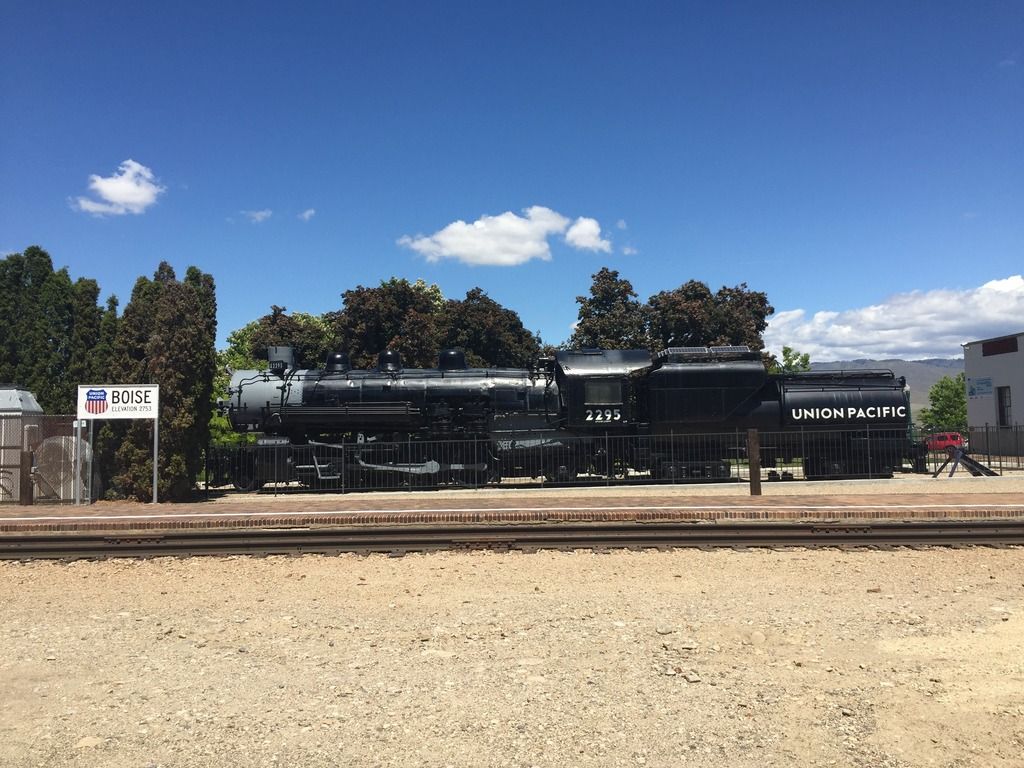
A side view of the UP 2295 Mikado Class steam engine with the “Vanderbilt” style tender
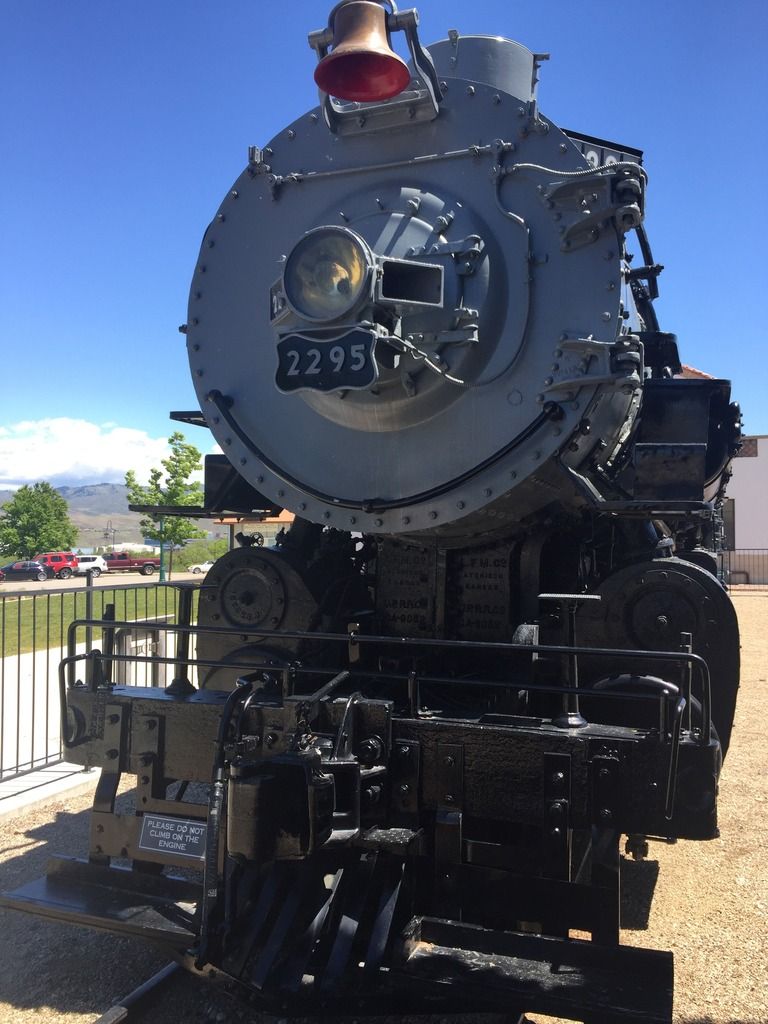
Front of the locomotive, smokebox access, headlight, bell, front coupler, and front pilot. Notice the old foot boards, in which the brakeman and switchmen rode during switch moves in the yard and out on the road
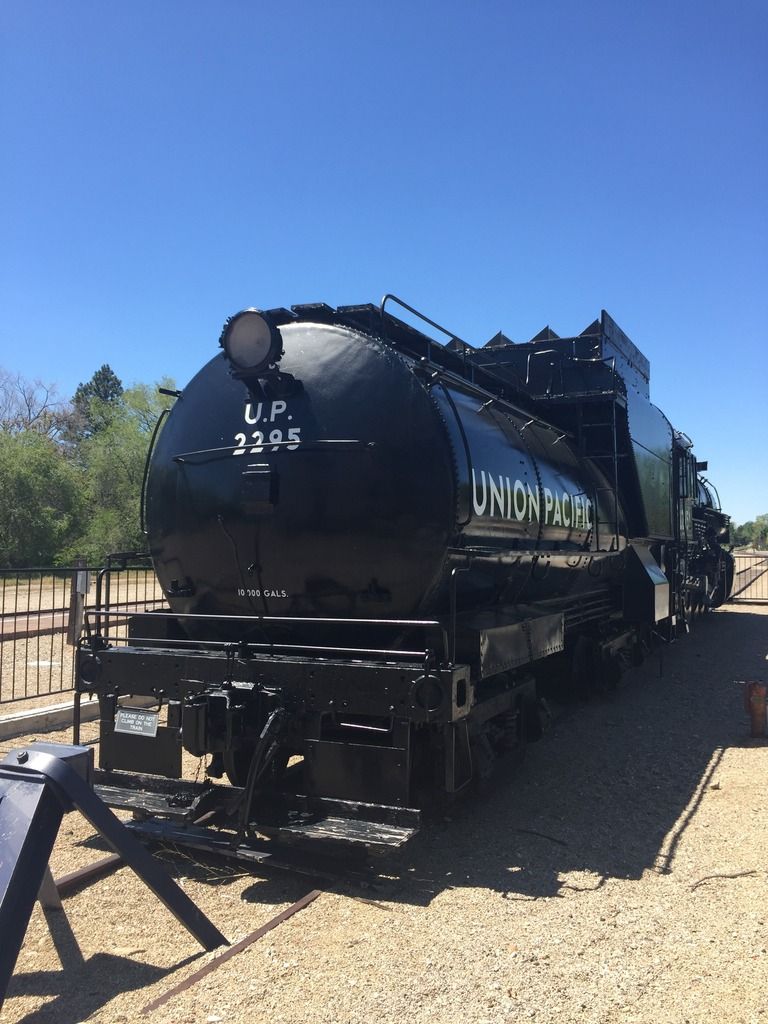
Rear view of the Locomotive and Tender
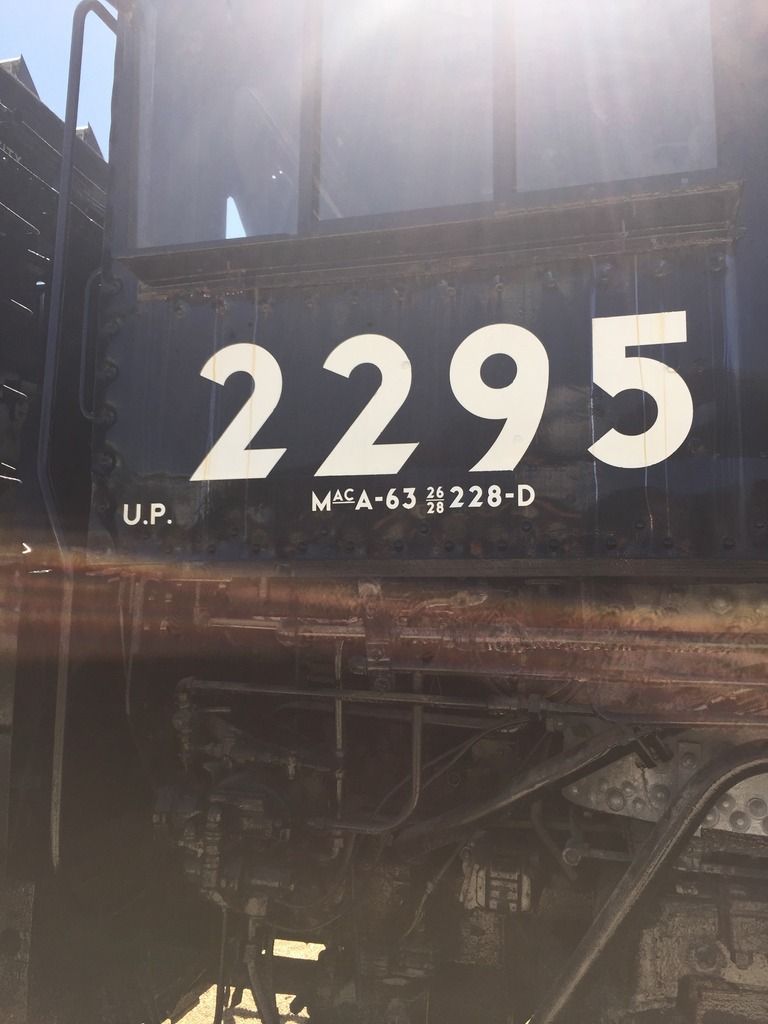
The engine number, and the locomotive class designation for the UP
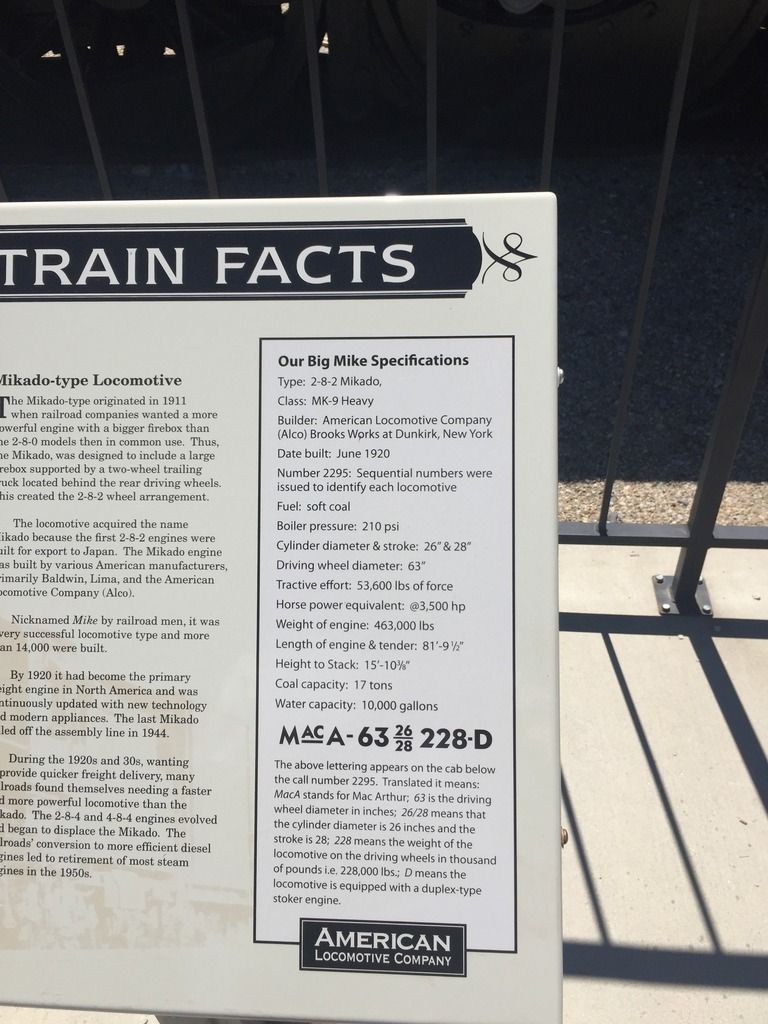
Explanation of the class designation. NOTE: it says MacArthur for class this was a “name change” for the class, during WWII with Japan. This was mostly for patriotic reasons. It was changed back to Mikado. It’s still a MIKE.
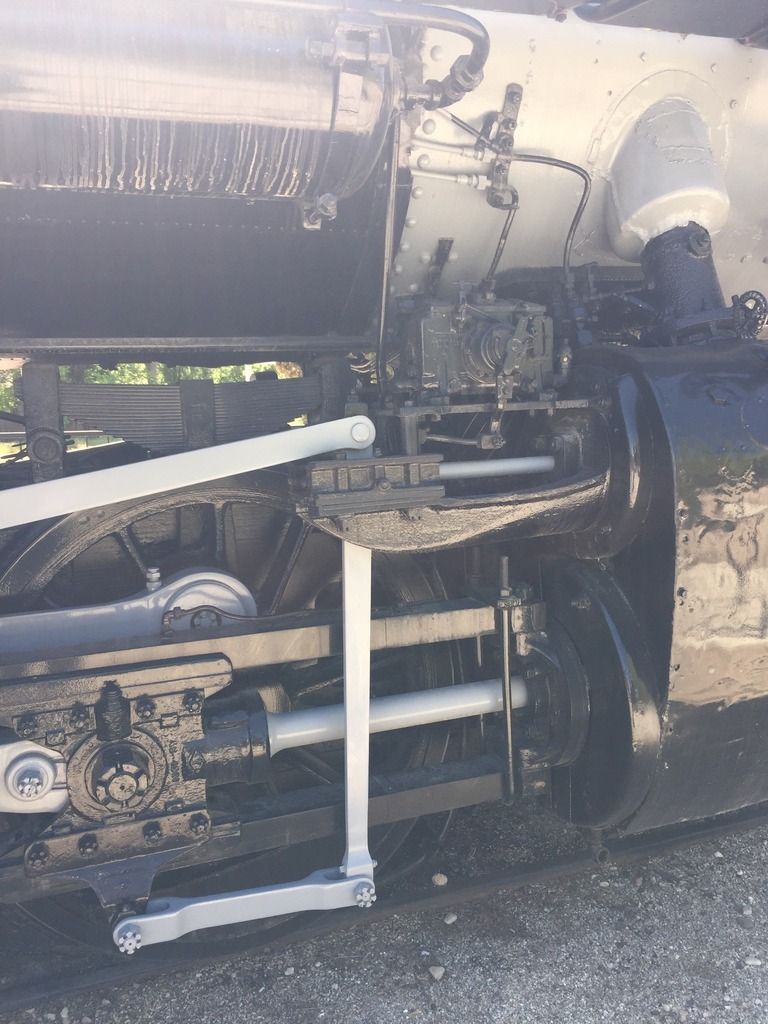
Engineers side showing the Walschaert Valve Gear, which provided the “stroke” of the Steam cylinders to the driving wheels
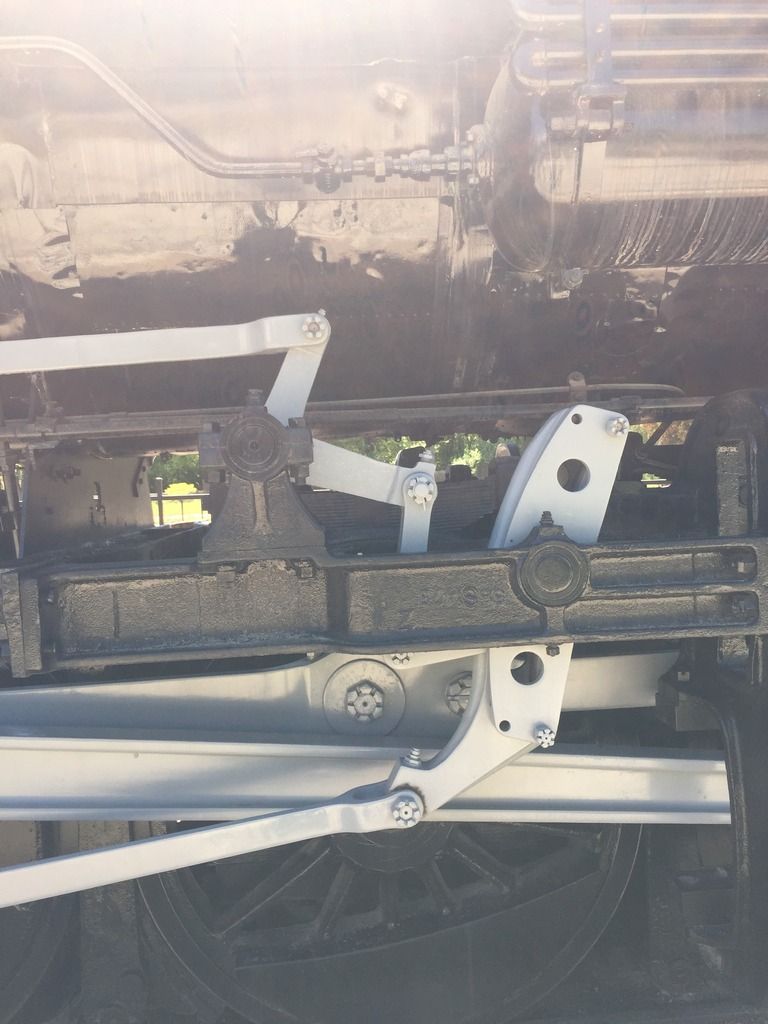
The Walschaert valve gear linkage nearer the cab
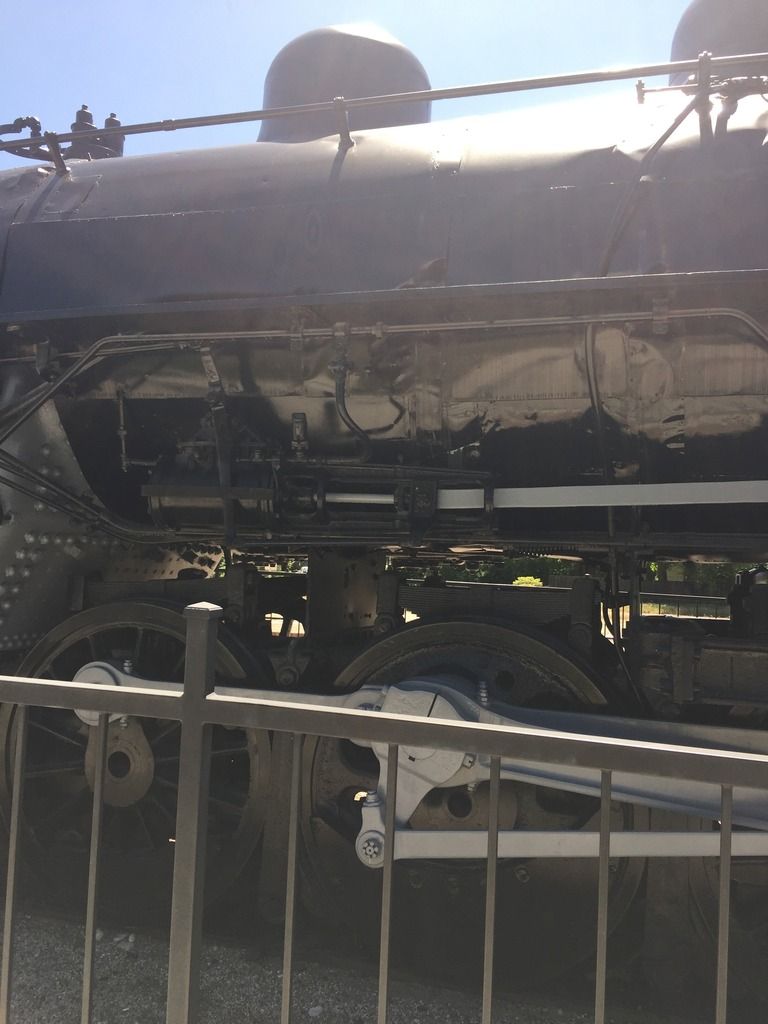
The rear set of Drivers near the cab, the big rivet box behind it is the engine firebox

Smokebox and number board and the Steam cylinder, Fireman’s side

A closer view of the Steam cylinder
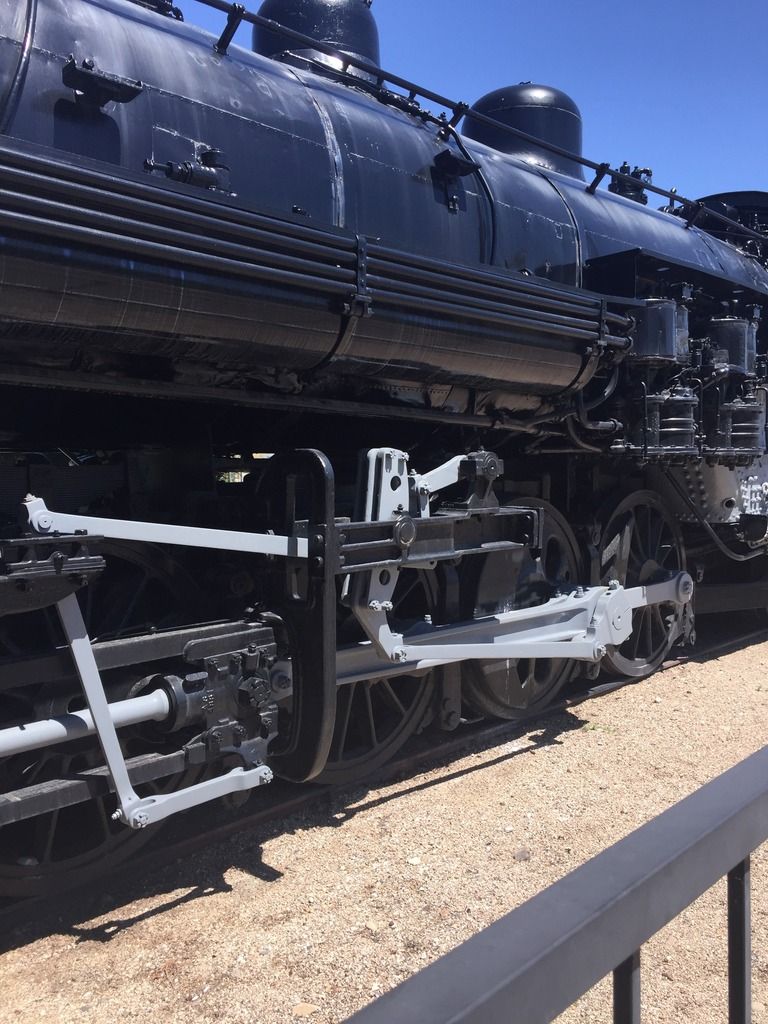
Shot of the drivers, fireman’s side. The odd looking equipment above the rear driver are the steam powered air compressors
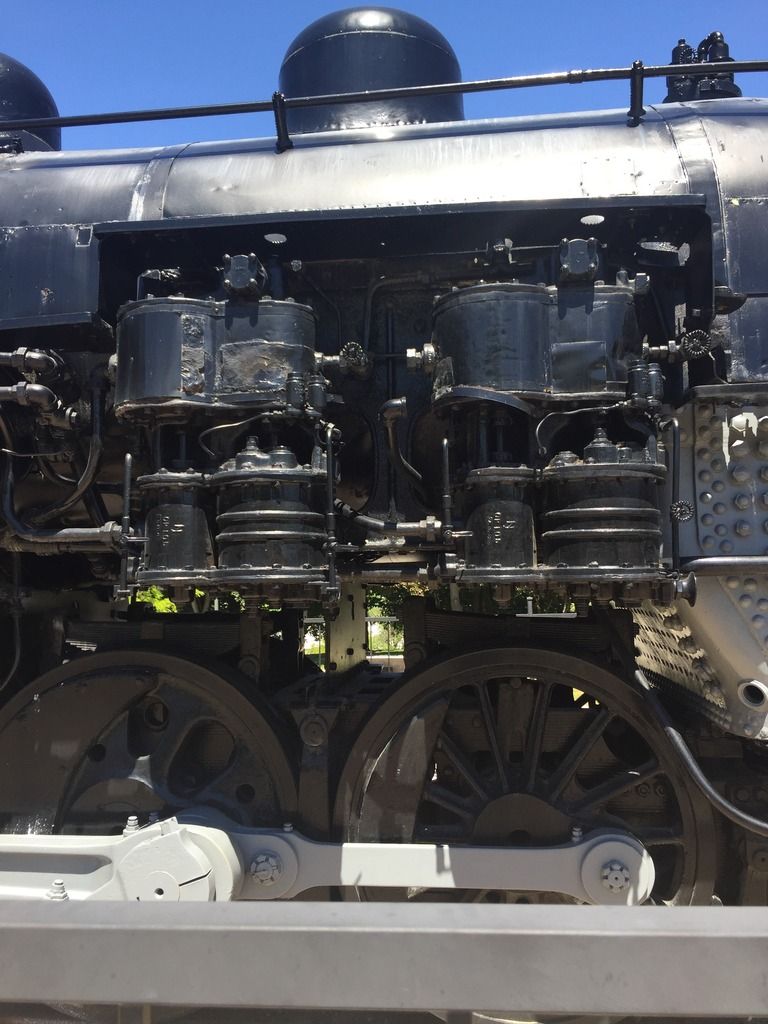
Close up of the steam driven Air pumps (Compressors). I believe these may be a Vauclain Cross-compound Air Pump

Close up of one of the tender trucks
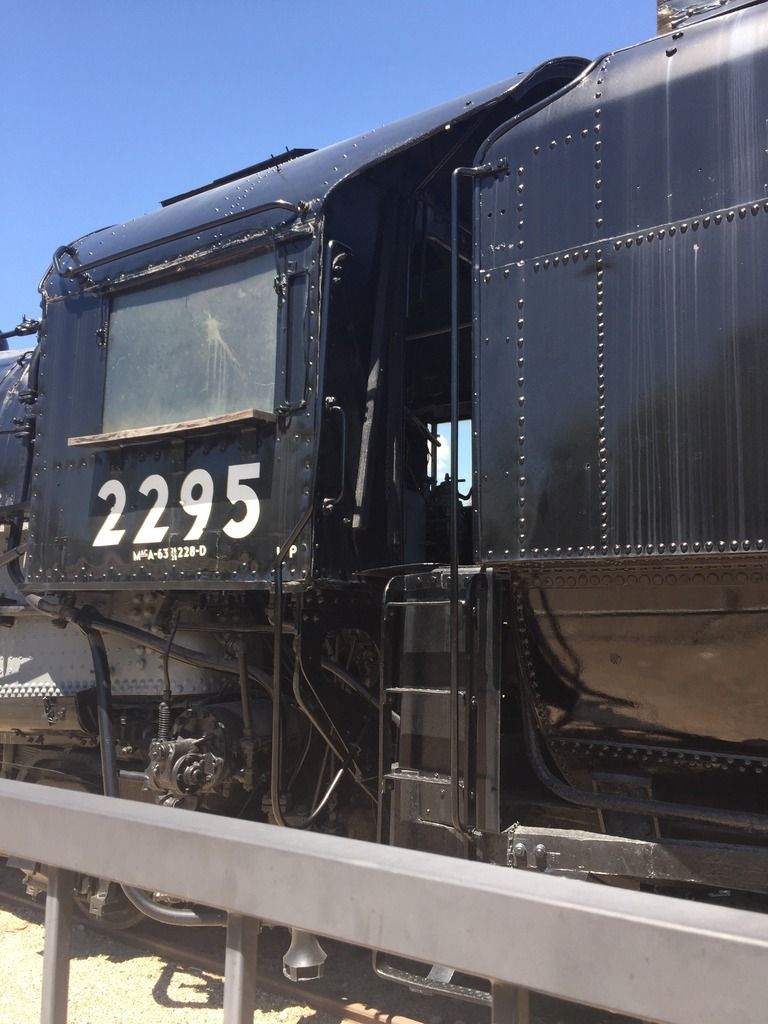
Fireman’s side of the cab, You can just make out the Automatic brake valve and the Steam throttle
That’s BIG MIKE .....
Last updated June 02, 2017


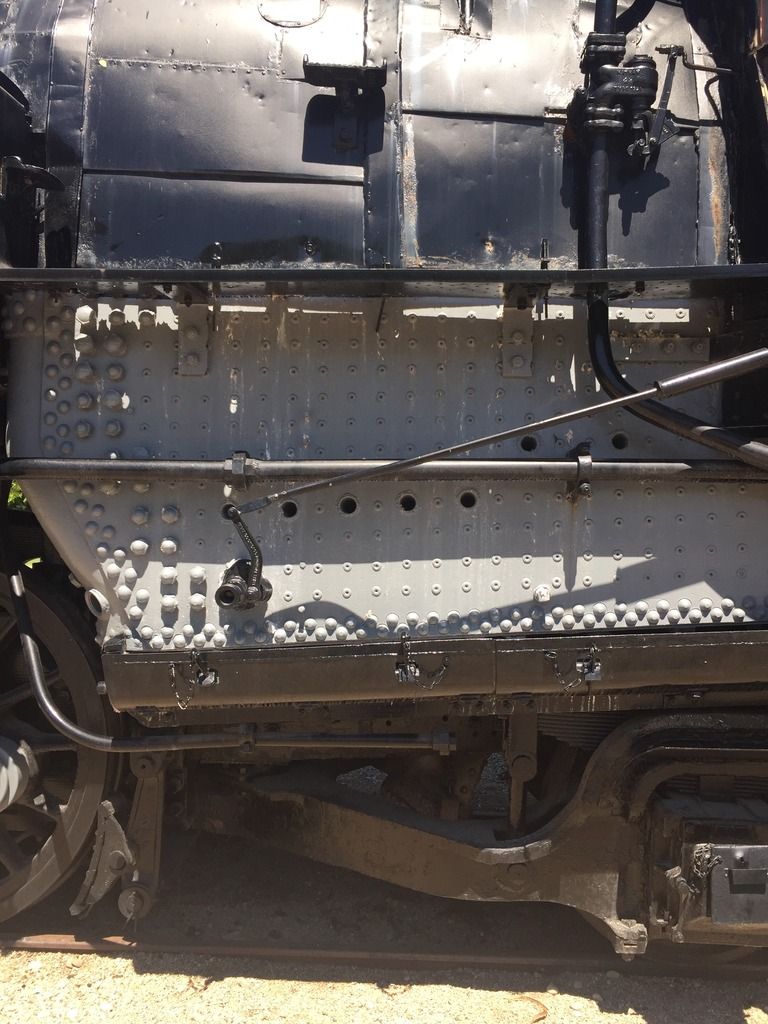


MageB ⋅ June 03, 2017
That's wonderful. I will come back and read this again....thank you so much.
jetop1 ⋅ June 16, 2020 (edited June 16, 2020)
Edited
HAPPY BIRTHDAY!!!, Big Mike... may you have at least 100 more.
historynut ⋅ September 29, 2020
I have a large print of the 282 mikado published by angus sinclair. It shows the locomotive and all the parts are named and numbered. It's one of the best pieces of railroad ephemera that I have ever owned.